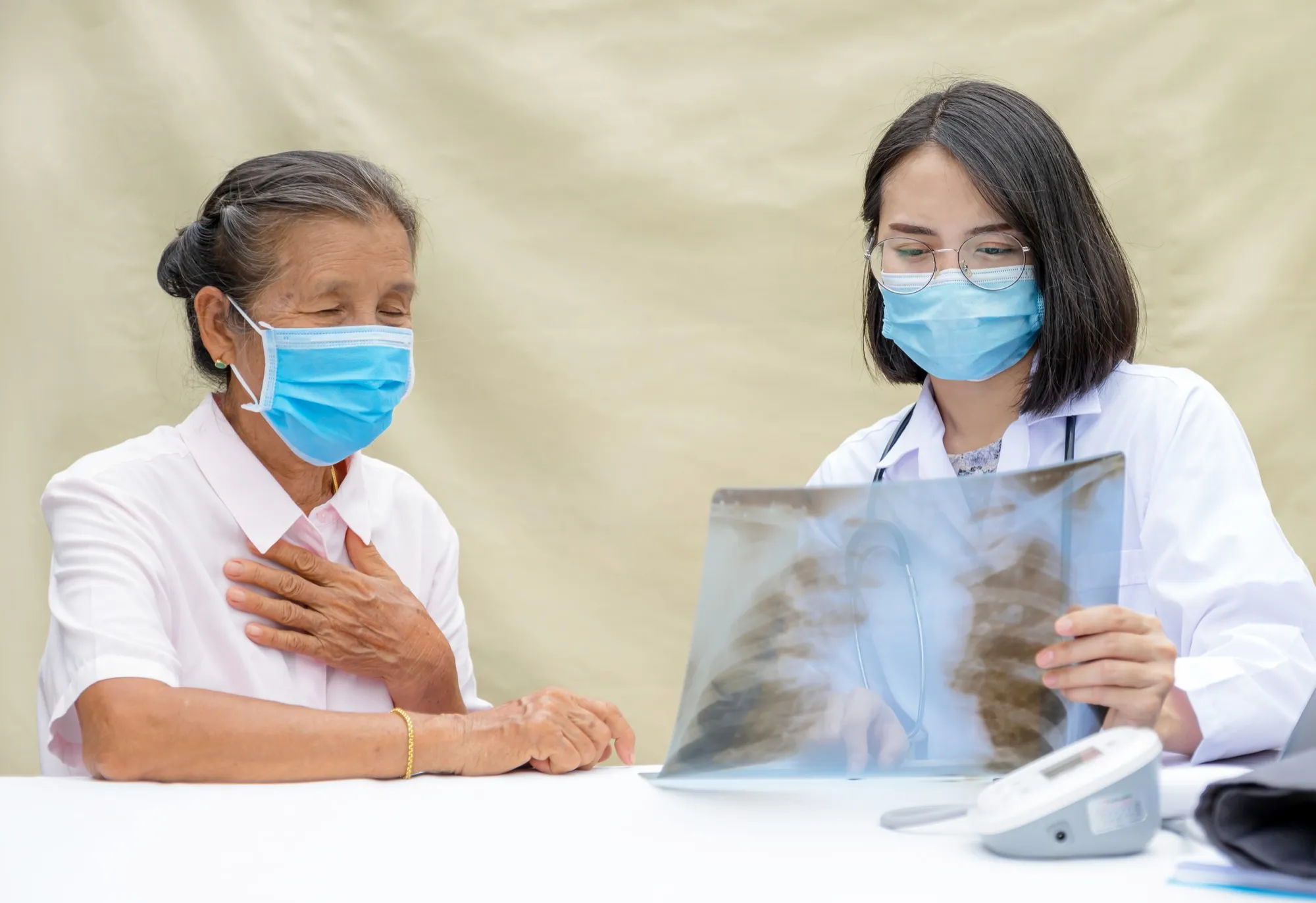Introduction
Tuberculosis (TB) remains a major global health concern, with a myriad of clinical presentations and challenges. Among these, the occurrence of miliary pulmonary nodules during the treatment of tuberculous pericarditis represents a unique and often perplexing phenomenon known as a paradoxical response. A striking case, recently outlined in the Canadian Medical Association Journal (CMAJ), sheds light on this complex interaction. As medical professionals and researchers strive to understand the intricacies of TB treatment, this case of a paradoxical response exemplifies the critical need for awareness and further exploration of TB complexities.
The Case Report
In the May 6, 2019, issue of the CMAJ, a case was presented involving a middle-aged woman with tuberculous pericarditis who developed a paradoxical response manifesting as miliary pulmonary nodules during her treatment. Authored by Keng Li-Ta and Chang Lih-Yu from the Department of Internal Medicine, National Taiwan University Hospital Hsin-Chu Branch in Hsin-Chu, Taiwan, the case underscores the importance of recognizing this phenomenon in TB patients under anti-tuberculous therapy (DOI: 10.1503/cmaj.181330).
Miliary pulmonary nodules indicate widespread millet seed-sized lesions throughout the lungs, often associated with military TB, an aggressive form of TB that disseminates throughout the body. However, in the context of anti-TB treatment for another form of the disease, the development of such nodules signals a paradoxical response, where the symptoms seemingly worsen despite appropriate treatment.
The Paradoxical Response Explained
Paradoxical responses in TB treatment are complex and not fully understood. They have been described in various case reports and research articles, wherein patients under treatment for TB exhibit clinical or radiological worsening, despite microbiological evidence indicating the effectiveness of the treatment.
A study by Brown et al. (2016) identified potential determinants of paradoxical reactions during anti-TB therapy, suggesting that underlying HIV coinfection, severity of TB disease, and extrapulmonary TB could be contributing factors (PMC5013570). However, even with these potential associations, predicting which patients might experience a paradoxical response remains challenging.
Increases in immune activation, particularly tumor necrosis factor-alpha (TNF-α) levels, have also been associated with paradoxical responses, as remarked upon by Watanabe et al. (2017) in their report on a patient with disseminated tuberculosis exhibiting increased TNF-α levels during treatment (PMC5345969).
The critical role of immune reconstitution has been highlighted as well, especially in the context of antiretroviral therapy for HIV-positive patients being treated for TB. Meintjes et al. (2009) demonstrated a novel relationship between TB immune reconstitution inflammatory syndrome (IRIS) and antitubercular drug resistance (PMC2737129).
Management and Follow-up
Managing paradoxical responses often involves ruling out treatment failure or drug resistance and may require a multidisciplinary approach, including infectious disease specialists, pulmonologists, and immunologists. Adjusting the treatment regimen, such as corticosteroid administration, can also be considered to mitigate inflammation associated with the immune-mediated response.
Conclusion and Future Directions
The intriguing case reported in the CMAJ serves as a critical reminder to clinicians worldwide to maintain a high index of suspicion for paradoxical responses in TB treatment. With TB’s adaptability and complexity, it is imperative to continue researching this phenomenon to improve our understanding and management of these types of reactions in TB care.
Keywords
1. Tuberculous pericarditis
2. Paradoxical response
3. Miliary pulmonary nodules
4. Tuberculosis treatment
5. TB immune responses
References
1. Keng, L. T., & Chang, L. Y. (2019). Paradoxical response with miliary pulmonary nodules in a patient with tuberculous pericarditis. CMAJ : Canadian Medical Association Journal, 191(18), E506. DOI: 10.1503/cmaj.181330
2. Brown, C. S., Smith, C. J., Breen, R. A., et al. (2016). Determinants of treatment-related paradoxical reactions during anti-tuberculosis therapy: a case control study. BMC Infectious Diseases, 16:479. doi: 10.1186/s12879-016-1785-y. PMCID: PMC5013570
3. Watanabe, S., Kaneko, Y., Kawamoto, H., et al. (2017). Paradoxical response with increased tumor necrosis factor-α levels to anti-tuberculosis treatment in a patient with disseminated tuberculosis. Respiratory Medicine Case Reports, 20, 201–204. doi: 10.1016/j.rmcr.2017.02.013. PMCID: PMC5345969
4. Meintjes, G., Rangaka, M. X., Maartens, G., et al. (2009). Novel relationship between tuberculosis immune reconstitution inflammatory syndrome and antitubercular drug resistance. Clinical Infectious Diseases, 48(5), 667–676. doi: 10.1086/596764. PMCID: PMC2737129
5. Canadian Medical Association. (2020). Paradoxical response with miliary pulmonary nodules in a patient with tuberculous pericarditis. CMAJ. Retrieved from https://www.cmaj.ca/content/191/18/E506. DOI: 10.1503/cmaj.181330
